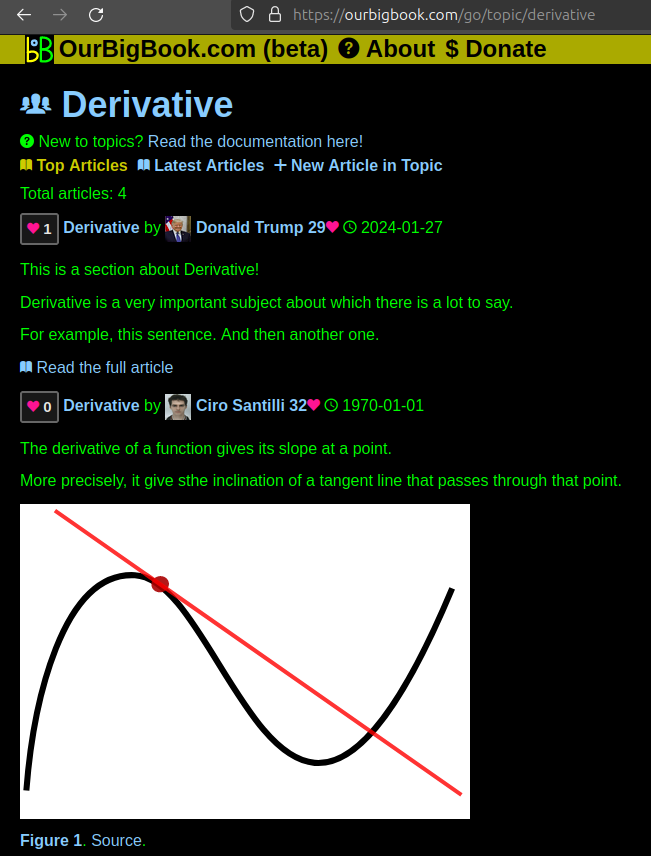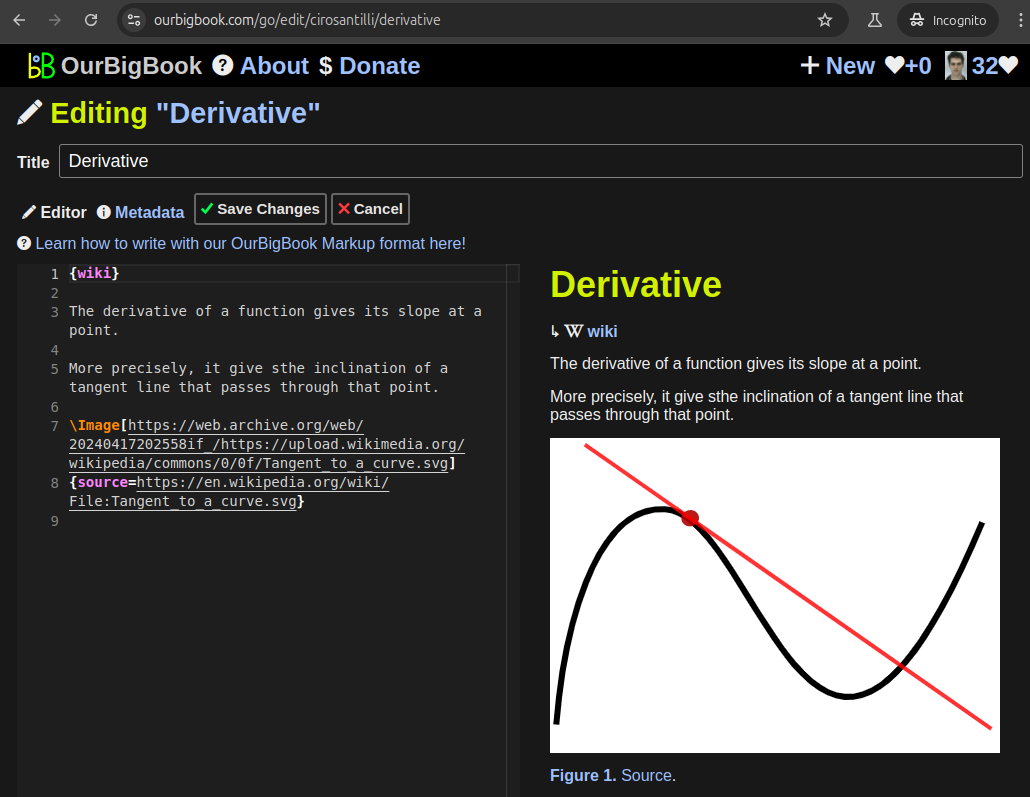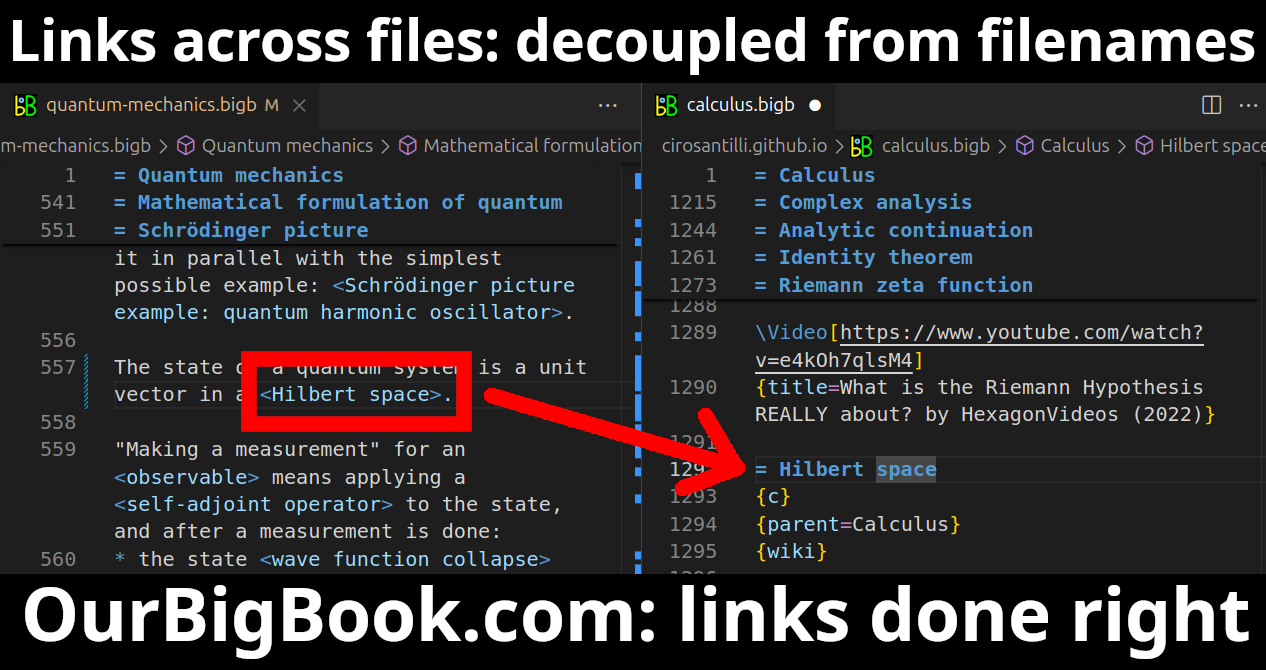A travel plan is a detailed outline or itinerary that provides information and guidance for a trip. It typically includes various aspects of the journey, such as: 1. **Destination**: The location(s) you intend to visit. 2. **Travel Dates**: The specific dates and duration of the trip. 3. **Transportation**: Details on how you will get to and from your destination, including flight, train, car rentals, or other transport modes.
Per Lindström could refer to various individuals, depending on the context. Without additional details, it’s challenging to provide specific information. It may refer to a person in fields such as academia, business, or the arts.
The International Council on Clean Transportation (ICCT) is a nonprofit organization that conducts research and provides data to help policymakers develop and implement effective clean transportation policies. Founded in 2001, the ICCT aims to reduce transportation-related greenhouse gas emissions and air pollution while promoting efficient and sustainable mobility. The organization's work includes analyzing transportation trends, assessing the impact of various technologies on emissions, and providing technical support to governments and stakeholders worldwide.
Carsharing organizations provide vehicles for short-term use, allowing people to rent cars on an as-needed basis, typically by the hour or day. Here’s a list of some prominent carsharing organizations around the world: 1. **Zipcar** - One of the largest carsharing networks, primarily in North America and the UK. 2. **Car2Go** (part of Share Now) - Offers one-way rentals in urban areas, with a fleet of Smart cars and larger vehicles.
New Urbanism is a planning and design movement that emerged in the late 20th century, primarily in the United States. It advocates for the development of walkable, mixed-use neighborhoods that promote community interaction and sustainable living. The principles of New Urbanism emphasize the following key concepts: 1. **Mixed-Use Development**: Neighborhoods should integrate residential, commercial, and recreational spaces, allowing residents to live, work, and play in close proximity.
A motorized bicycle is a bicycle that is equipped with a small engine or motor, which provides additional power to assist with pedaling or, in some cases, drives the bicycle entirely without pedaling. These bicycles typically combine the features of traditional bicycles with those of small motorcycles or scooters. Key characteristics of motorized bicycles include: 1. **Engine Type**: They can be equipped with various types of engines, including two-stroke, four-stroke, or electric motors.
As of my last update in October 2023, the Nobe GT100 is an electric vehicle produced by Nobe, an Estonian company known for its unique and retro-styled electric cars. The GT100 is designed to combine classic car aesthetics with modern electric vehicle technology. It features a compact, lightweight design, aiming to provide an eco-friendly transportation option while retaining a nostalgic appeal reminiscent of vintage cars. The vehicle is typically equipped with electric motors, offering efficient performance and zero emissions.
DNA replication is the biological process through which a cell makes an exact copy of its DNA. This process is essential for cell division and is crucial for inheritance, growth, and repair in living organisms. Here’s a brief overview of how DNA replication occurs: 1. **Unwinding**: The double helix structure of the DNA is unwound by enzymes called helicases. This creates two single strands of DNA, which serve as templates for replication.
Utility cycling refers to the use of bicycles for practical and functional purposes rather than just for recreation or sport. It encompasses various everyday activities, such as commuting to work, running errands, shopping, transporting goods, and making deliveries. The goal of utility cycling is to provide an efficient, economical, and environmentally friendly mode of transportation for practical tasks.
Walkability refers to the measure of how friendly an area is to walking. It encompasses various factors that influence pedestrian movement and accessibility, including: 1. **Infrastructure**: Availability and quality of sidewalks, crosswalks, pedestrian signals, and other facilities that support walking. 2. **Safety**: The presence of street lighting, traffic-calming measures, and low crime rates that make walking feel safe.
SkySails is a company that specializes in developing innovative wind propulsion technologies for maritime applications. Their primary product is a towing kite system designed to harness wind power to assist ships in reducing fuel consumption and lowering greenhouse gas emissions. The SkySails system involves flying a large, steerable kite high above the ship, where the wind is typically stronger and more consistent than at sea level.
The Very Light Car, often abbreviated as VLC, is an innovative vehicle designed and developed by the Australian automotive engineer and inventor Paul Moullin and his team at the University of Queensland. The primary goal of the VLC is to create a lightweight, fuel-efficient vehicle that is environmentally friendly and suitable for urban environments. Key characteristics of The Very Light Car include: 1. **Lightweight Design**: The car is constructed from composite materials, making it significantly lighter than conventional vehicles.
The Transit Elevated Bus (TEB) is a type of public transportation vehicle designed to operate over regular traffic, with the aim of alleviating congestion and improving urban mobility. The TEB is characterized by its elevated design, allowing vehicles and pedestrians to pass underneath it while it moves along dedicated tracks or lanes.
"Transit Metropolis" is a concept that refers to urban development and design focused on integrating public transit systems with city planning to create more sustainable, accessible, and livable environments. This idea promotes higher density, mixed-use development around transit nodes—such as train stations or major bus lines—encouraging walking, cycling, and the use of public transportation as primary modes of mobility.
Carl Fabian Björling is not a widely recognized figure in popular culture or history, up to my last knowledge update in October 2021. If he has gained prominence after that date, I would not have that information. It's possible that he could be a public figure, artist, academic, or someone notable in a particular field.
Lars Hultman may refer to various individuals, but he is most commonly known as a professor in the field of materials science and engineering, particularly associated with research in thin films and nanotechnology. He might also be involved in academic activities, publications, and collaborations in these areas.
Pinned article: Introduction to the OurBigBook Project
Welcome to the OurBigBook Project! Our goal is to create the perfect publishing platform for STEM subjects, and get university-level students to write the best free STEM tutorials ever.
Everyone is welcome to create an account and play with the site: ourbigbook.com/go/register. We belive that students themselves can write amazing tutorials, but teachers are welcome too. You can write about anything you want, it doesn't have to be STEM or even educational. Silly test content is very welcome and you won't be penalized in any way. Just keep it legal!
Intro to OurBigBook
. Source. We have two killer features:
- topics: topics group articles by different users with the same title, e.g. here is the topic for the "Fundamental Theorem of Calculus" ourbigbook.com/go/topic/fundamental-theorem-of-calculusArticles of different users are sorted by upvote within each article page. This feature is a bit like:
- a Wikipedia where each user can have their own version of each article
- a Q&A website like Stack Overflow, where multiple people can give their views on a given topic, and the best ones are sorted by upvote. Except you don't need to wait for someone to ask first, and any topic goes, no matter how narrow or broad
This feature makes it possible for readers to find better explanations of any topic created by other writers. And it allows writers to create an explanation in a place that readers might actually find it.Figure 1. Screenshot of the "Derivative" topic page. View it live at: ourbigbook.com/go/topic/derivativeVideo 2. OurBigBook Web topics demo. Source. - local editing: you can store all your personal knowledge base content locally in a plaintext markup format that can be edited locally and published either:This way you can be sure that even if OurBigBook.com were to go down one day (which we have no plans to do as it is quite cheap to host!), your content will still be perfectly readable as a static site.
- to OurBigBook.com to get awesome multi-user features like topics and likes
- as HTML files to a static website, which you can host yourself for free on many external providers like GitHub Pages, and remain in full control
Figure 3. Visual Studio Code extension installation.Figure 4. Visual Studio Code extension tree navigation.Figure 5. Web editor. You can also edit articles on the Web editor without installing anything locally.Video 3. Edit locally and publish demo. Source. This shows editing OurBigBook Markup and publishing it using the Visual Studio Code extension.Video 4. OurBigBook Visual Studio Code extension editing and navigation demo. Source. - Infinitely deep tables of contents:
All our software is open source and hosted at: github.com/ourbigbook/ourbigbook
Further documentation can be found at: docs.ourbigbook.com
Feel free to reach our to us for any help or suggestions: docs.ourbigbook.com/#contact






